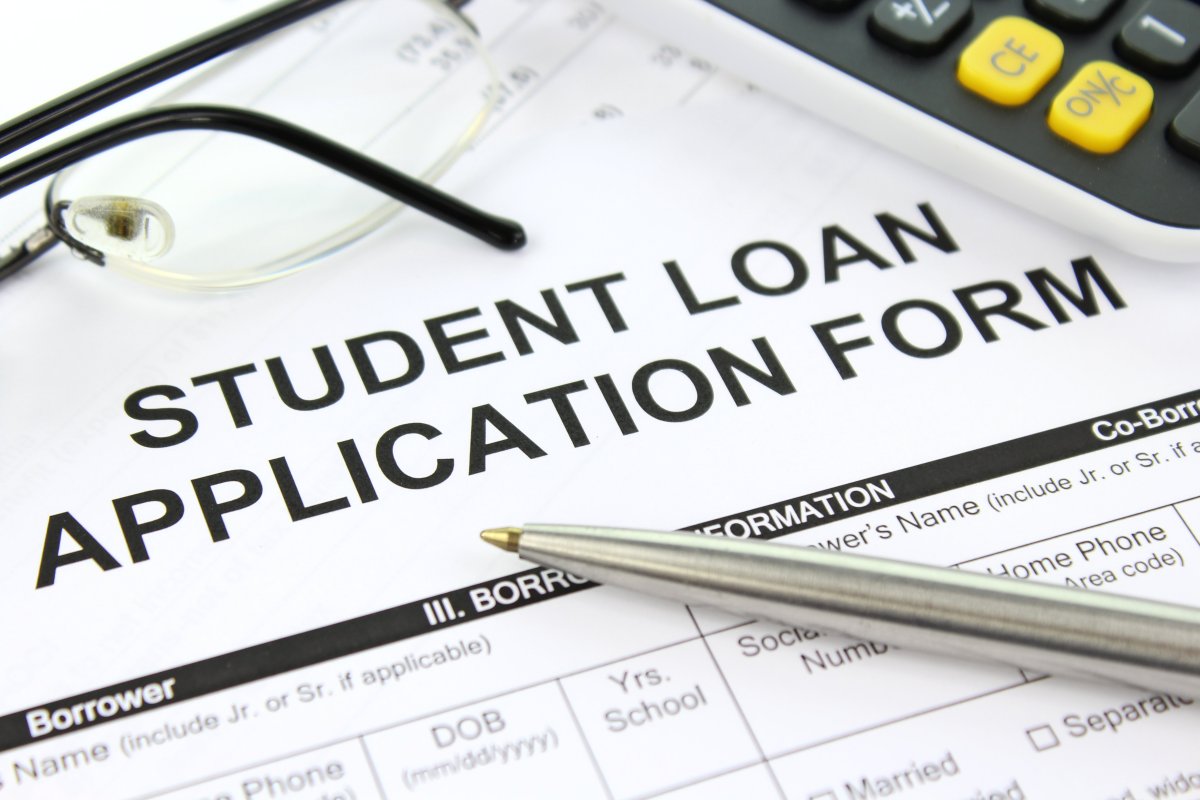Remember that master promissory note you signed so you could have money to go to college? The federal government remembers. It’s almost graduation which means a new crop of fresh grads will have to figure out how to pay their student loans.
The feds aren’t going to be the ones to personally handle your loans. That job goes to the loan servicers. Loan servicers are picked by the federal government to handle the billing of your loans. When you make payments, those get handled by the servicers. If you don’t know who your loan servicer is, go to the federal student aid website (make sure it ends in .org) to find out.
There are four types of federal loans: Direct Subsidized, Direct Unsubsidized, Direct PLUS, and Direct Consolidated loans. The subsidized and unsubsidized loans are the two used by students. PLUS loans are given to parents and graduate students. Direct Consolidated Loans are when multiple loans of differing interest rates and loan services are combined into one loan under one servicer at one interest rate.
For both types of loans, monthly minimum payments do not start until six months after graduation. The six months are a grace period. This allows you to find employment, get a regular budget set, and become somewhat financially stable.
With the Direct Subsidized Loans, the Department of Education pays the interest on your loans while you are in school. Subsidized loans’ interest does not start accruing until after the grace period. The Direct Unsubsidized Loans are different in that the interest is accruing the moment the loan is disbursed.
The difference in interest presents an opportunity to minimize the amount of money paid back. While in school or in the grace period, it would be best to pay back the loans that are accruing interest right now. Then when the other loans’ interest kicks in, the amount on the unsubsidized will be smaller and less interest will have to paid.
Another strategy for paying back loans is to focus on the loans with the highest interest. Let’s say that loan A has a 3.5% interest and loan B has a 5% interest rate. The best course would be to pay down the higher interest rate first. If the lower interest is unsubsidized then use an online interest calculator to judge which option will save you the most; paying off the interest on the unsubsidized or paying off the higher interest rate before the rate kicks in after six months.

Let’s move on to actually paying the loans. I’ve already said that the loans are paid back through the loan servicer, but how much do you pay each month? The amount depends on how much you have borrowed and what repayment plan you have picked.
The default payment plan is the Standard Payment Plan. This stretches your payment plan over 10 years.
There is a Graduated Payment Plan that allows you pay a lower monthly rate that will increased over a 10-year period. The problem with that though is the interest will add up since less of it is being payed earlier. This means your loan will take longer to pay and you will end up paying more in interest, but you will have to budget less for monthly payments early on.
The Extended Payment Plan can be fixed as like the standard or graduated over a period of 25 years instead of 10.
The other plans depend on your discretionary income. Discretionary income is the difference between your annual income and 150 percent of the poverty guideline for your family size and state you live in (100 percent in some cases). These plans are meant for those with high debt relative to income. The goal of these plans is to keep payments manageable, but the total payed over time will still be higher than the standard 10-year plan.
In general, contact your loan servicer and get an amortization schedule to figure out your monthly payments and go to the federal student aid website to find out more.
